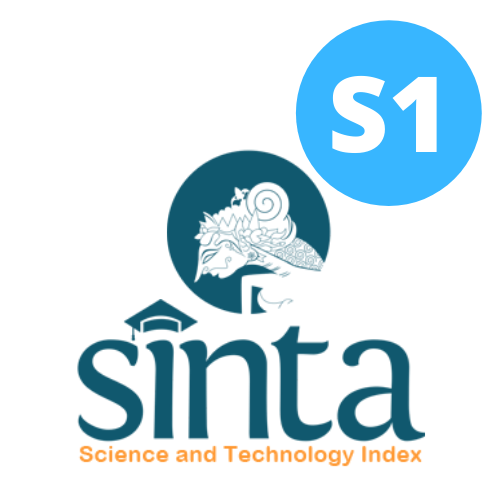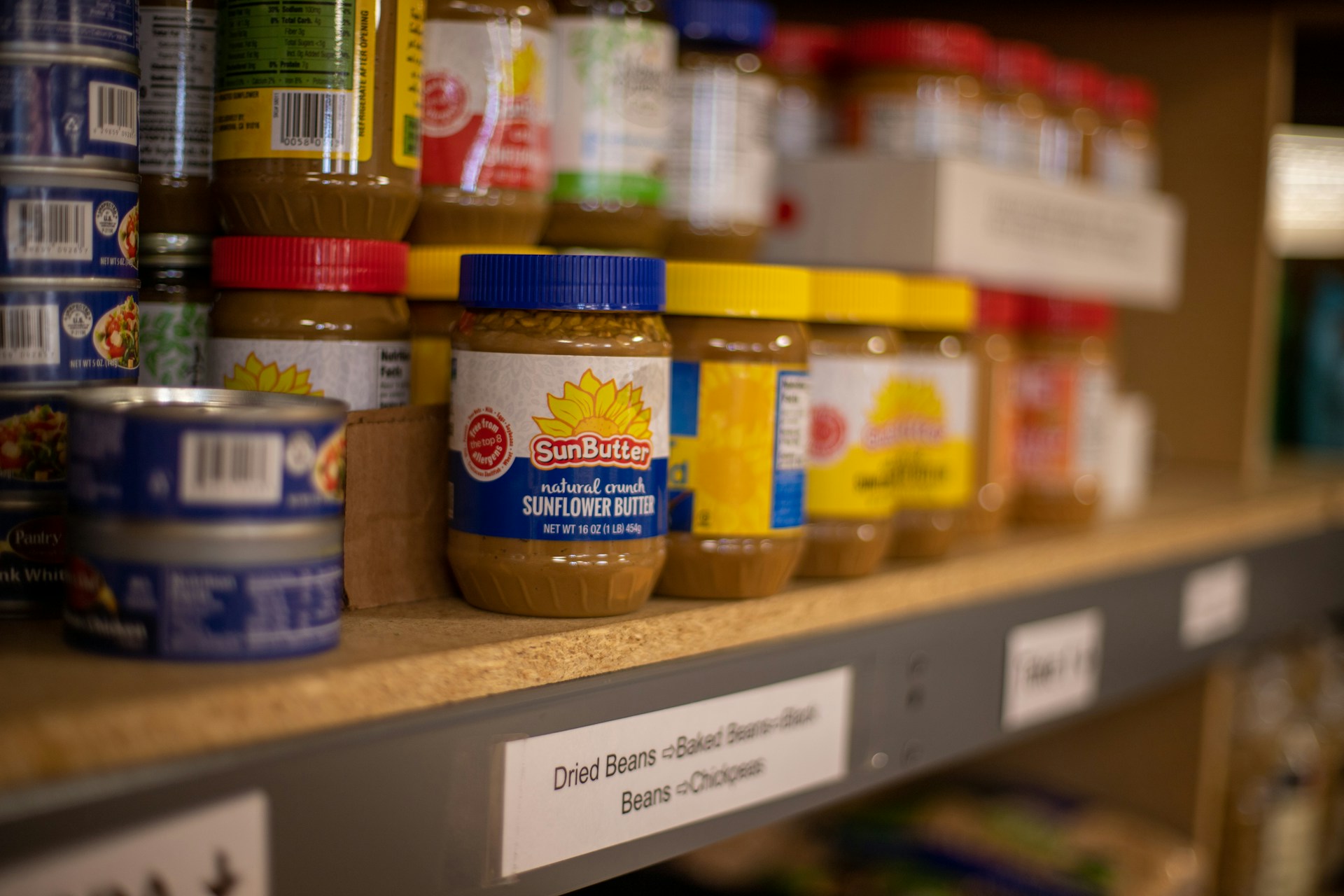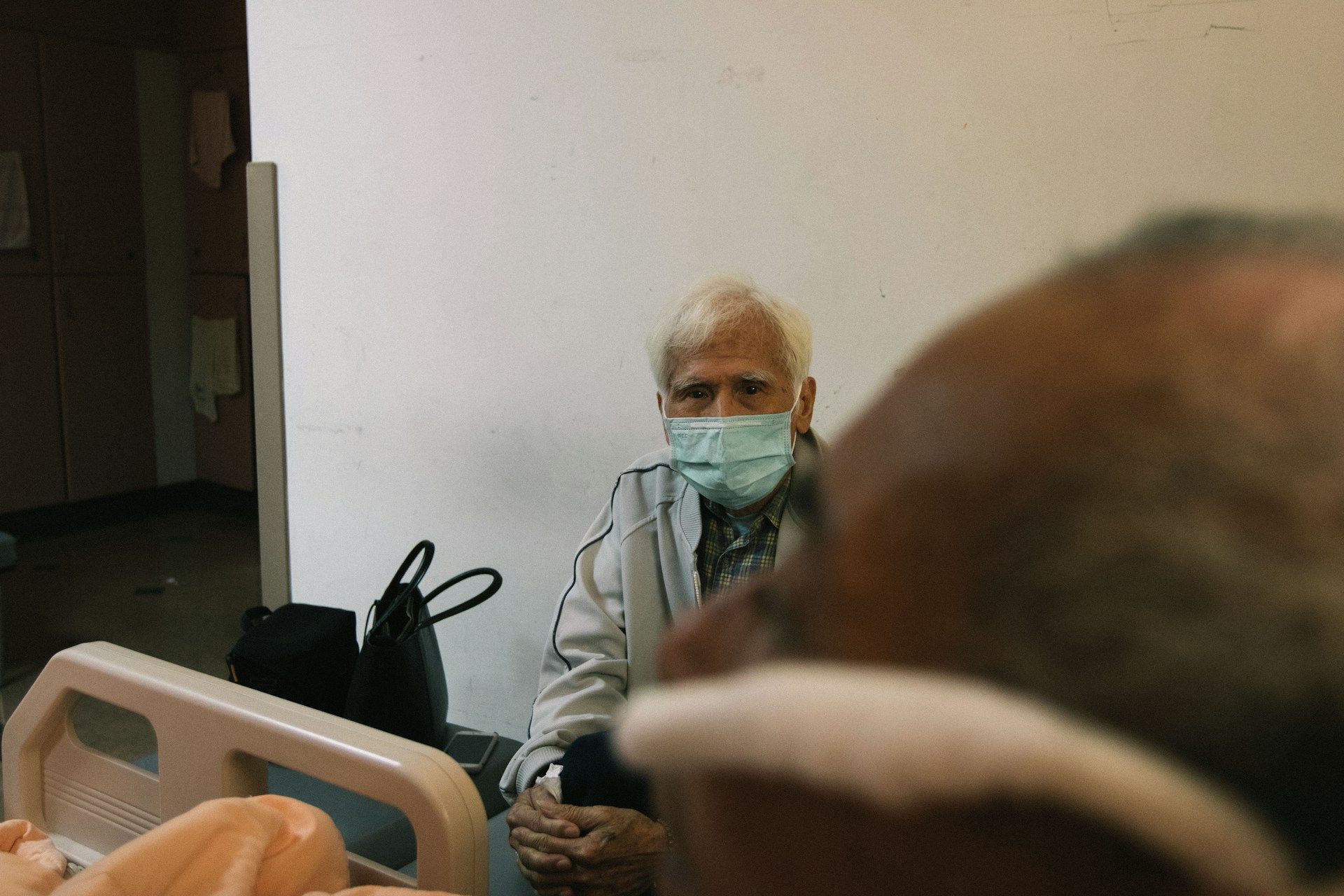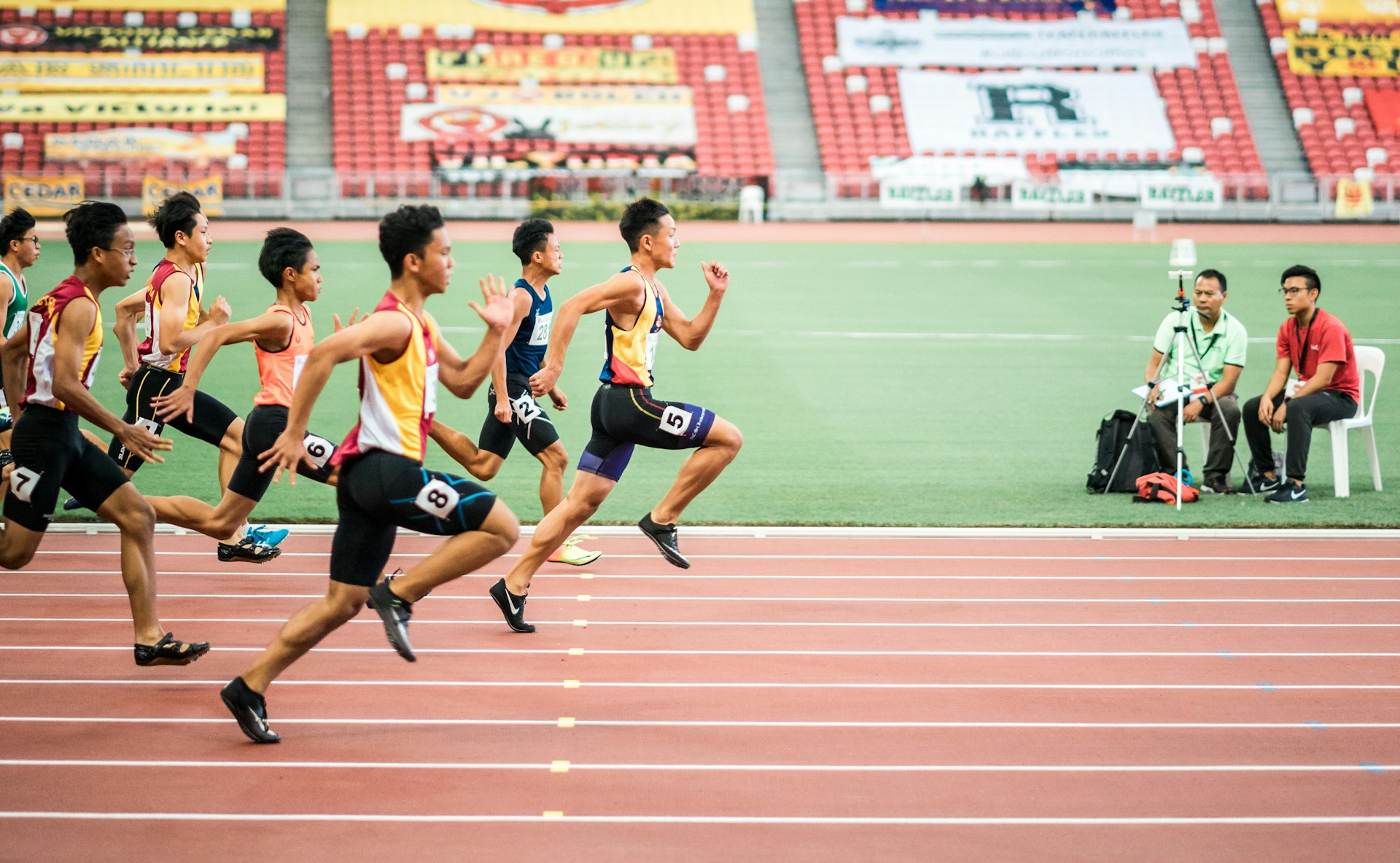Factors Contributing to the Blood Pressure of High School Students in Depok, West Java
Faktor yang Mempengaruhi Tekanan Darah pada Remaja SMA di Depok, Jawa Barat
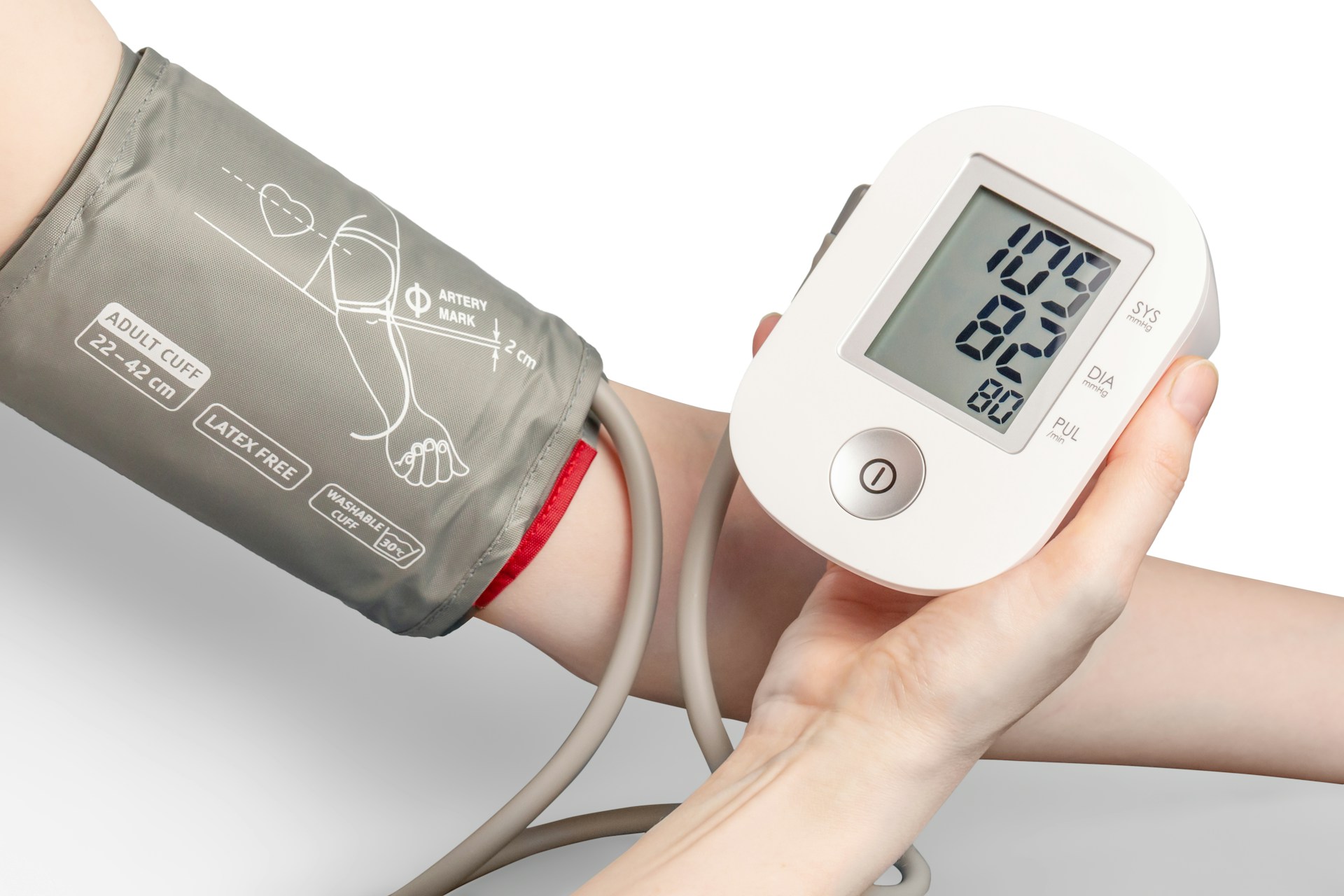
Downloads
Background: Hypertension is a major global health concern, contributing to high mortality rates among adults and the elderly. Recent trends show a substantial upsurge in hypertension prevalence among adolescents. According to the Health Office of Depok City, 78.10% of adolescents aged ≥15 years are reported to have hypertension. Hypertension during adolescence often persists into adulthood, increasing the risk of long-term morbidity and mortality. The primary contributors include unhealthy lifestyle practices and poor dietary habits.
Objectives: To investigate factors associated with elevated blood pressure among adolescents in Depok City, West Java, Indonesia.
Methods: A cross-sectional study was conducted with 158 adolescents selected through stratified random sampling. Data collection took place between February to April 2024. Variables assessed included family history of hypertension, nutritional status (based on Body Mass Index categories as per the 2020 Ministry of Health regulation), and stress levels (measured using the Perceived Stress Scale). Statistical analysis employed chi-square tests and multiple logistic regression.
Results: Significant associations were found between hypertension and family history (p-value = 0.034), nutritional status (p-value = 0.014), and stress levels (p-value < 0.001). Multivariate analysis indicated that stress levels were the strongest determinant of hypertension (OR = 6.09).
Conclusions: Stress levels significantly influence blood pressure in adolescents. Schools should prioritize regular programs addressing stress management, emotional well-being, and balanced nutrition education to reduce the risk of adolescent hypertension.
Jayanti, A., Mulyati, D. & Atika, S. Penanganan hipertensi pada remaja akhir : suatu studi kasus. J. Ilm. Mhs. Fak. Keperawatan 1, 160–168 (2022).
Liu, K. et al. Prevalence and risk factors for hypertension in adolescents aged 12 to 17 years: A school-based study in china. hypertension 78, 1577–1585 (2021) doi: 10.1161/HYPERTENSIONAHA.121.17300.
Soua, S. et al. The prevalence of high blood pressure and its determinants among tunisian adolescents. J. Hum. Hypertens. 1–9 (2022) doi:10.1038/s41371-022-00677-x.
Trihono, P. P., Sihombing, J. L. & Dewi, R. Blood pressure to height ratio for screening hypertension among Indonesian adolescents. Paediatr. Indones. Indones. 63, 7–12 (2023) doi: 10.14238/pi63.1.2023.7-12.
Angesti, A. N., Triyanti, T. & Sartika, R. A. D. Riwayat hipertensi keluarga sebagai faktor dominan hipertensi pada remaja kelas XI SMA sejahtera 1 depok tahun 2017. Bul. Penelit. Kesehat. 46, 1–10 (2018) doi: 10.22435/bpk.v46i1.41..
Asri, I. P. et al. Analisis faktor risiko kejadian hipertensi di wilayah kota depok. J. Public Heal. Educ. 1, 170–184 (2022) doi: 10.53801/jphe.v1i3.51.
Suryana, E., Hasdikurniati, A. I., Harmayanti, A. A. & Harto, K. Perkembangan remaja awal, menengah dan implikasinya terhadap pendidikan. J. Ilm. Mandala Educ. 8, 1917–1928 (2022) doi: 10.58258/jime.v8i3.3494.
Wieniawski, P. & Werner, B. Prediction of the hypertension risk in teenagers. Cardiol. J. 29, 994–1003 (2022) doi: 10.5603/CJ.a2020.0079.
Mardianti, F., Rachmawati, D. & Suprajitno, S. Faktor risiko hipertensi pada remaja. J. Kesehat. Hesti Wira Sakti 10, 43–55 (2022) doi: 10.47794/jkhws.v10i1.363.
Delavera, A., Siregar, K. N., Jazid, R. & Eryando, T. Hubungan kondisi psikologis stress dengan hipertensi pada penduduk usia diatas 15 tahun di Indonesia. The correlation of psychological stress conditions with hypertension among people over 15 years old in indonesia. J. BIKFOKES (Biostatistik, Kependudukan, dan Inform. Kesehatan) 3, 148–159 (2021) .
Ina, S. H. J., Selly, J. B. & Feoh, F. T. Analisis hubungan faktor genetik dengan kejadian hipertensi pada usia dewasa muda (19-49 Tahun) di puskesmas bakunase kota kupang Tahun 2020. Chmk Heal. J. 4, 220 (2020).
Kasyifa, I. N., Rahfiludin, M. Z. & Suroto, S. Hubungan status gizi dan aktivitas fisik dengan kebugaran jasmani remaja. Med. Technol. Public Heal. J. 2, 133–142 (2018) doi: 10.33086/mtphj.v2i2.566.
Shaumi, N. R. F. & Achmad, E. K. Kajian Literatur: Faktor risiko hipertensi pada remaja di indonesia. Media Penelit. dan Pengemb. Kesehat. 29, 115–122 (2019) doi: 10.22435/mpk.v29i2.1106.
Kurnianingsih, M., DewI, Y. L. R. & Pamungkasari, E. P. Risk factors of hypertension in high school students: multilevel evidence of the contextual effect of school. J. Epidemiol. Public Heal. 4, 259–269 (2019) doi: 10.26911/jepublichealth.2019.04.04.01.
Kurnianingsih, M., Lanti Retno dewi, Y. & Pamungkasari, E. Risk factors of hypertension in high school students: multilevel evidence of the contextual effect of school. J. Epidemiol. Public Heal. 4, 259–269 (2019) doi: 10.26911/jepublichealth.2019.04.04.01.
Putri, A., Firlia, A., Muhammad, I. & Fatmawati Iin. Hubungan asupan natrium , asupan lemak , status gizi (IMT / U ), dan aktivitas fisik dengan tekanan darah pada remaja. Med. Respati J. Ilm. Kesehat. 18, 1–10 (2023).
Lawalata, I. V., Talarima, B. & Subagiyo, B. A. A. Determinan hipertensi pada usia remaja dan dewasa (18-44 tahun) di puskesmas karang panjang kota ambon. Csd 8, 2622–1055 (2023).
Mulyasari, S., Wurjanto, M. A., Hestiningsih, R. & Adi, M. S. Hubungan antara riwayat hipertensi dalam keluarga , status merokok , 35-59 tahun di wilayah kerja puskesmas kebumen I. 11, 639–644 (2023) doi: 10.14710/jkm.v11i6.38172.
Nuradina, R. A. A., Lestari, W. A. & Arumsari, I. Overweight and high sodium intake increased risk of hypertension among adolescents: A case-control study in urban setting. Amerta Nutr. 7, 274–278 (2023) doi: 0.20473/amnt.v7i2.2023.274-278.
Nurkhofifah, S. W. & Putriningtyas, N. D. Indonesian journal of public health and nutrition status gizi, konsumsi fast food, dan tingkat stres dengan kejadian hipertensi pada remaja. Ijphn 3, 402–407 (2023) .
Taghizadeh, S., Abbasalizad-Farhangi, M., Pourali, F. & Asghari-Jafarabadi, M. Predictors of childhood high blood pressure among overweight and obese children and adolescents according to the lifestyle-scoring algorithm using data from iranian health care reform plan. Clin. Nutr. Res. 10, 243–256 (2021) doi: 10.7762/cnr.2021.10.3.243.
Mardianti, F., Rachmawati, D. & Suprajitno. Risk factors for hypertension in adolescents. J. Kesehat. Hesti Wira Sakti 10, 43–55 (2020) doi: 10.47794/jkhws.
Pikir, Budi S; Aminuddin, Muhammad; Subagjo, Agus; Dharmadjati, Budi Baktijasa; Suryawan, I Gde Rurus; Eko, J. N. Hipertensi: Manajemen komprehensif. in 14–15 (2015).
Tika Maelani dan & Cahyati, widya hary. Karakteristik penderita, efek samping obat dan putus berobat tuberkulosis paru. Higeia J. Public Heal. Res. Dev. 3, 227–238 (2019) doi: 10.15294/higea/v3i4/31852.
Esaningsih, P., Yuniastuti, A. & Handayani, O. W. K. The influence of stress level and genetics on hypertension status age range 36-45 years in sawit health center boyolali regency. Public Heal. Perspect. J. 3, 167–175 (2018).
Kurnianto, A., Kurniadi Sunjaya, D., Ruluwedrata Rinawan, F. & Hilmanto, D. Prevalence of hypertension and its associated factors among indonesian adolescents. Int. J. Hypertens. 2020, (2020) doi: 10.1155/2020/4262034.
Mittal, B. V & Singh, A. K. Hypertension in the developing world: challenges and opportunities. Am. J. kidney Dis. Off. J. Natl. Kidney Found. 55, 590–598 (2010) doi: 10.1053/j.ajkd.2009.06.044.
Gonçalves, V. S. S. et al. Prevalence of hypertension among adolescents: Systematic review and meta-analysis. Rev. Saude Publica 50, 1–11 (2016) doi: 10.1590/S1518-8787.2016050006236.
Copyright (c) 2025 Amerta Nutrition

This work is licensed under a Creative Commons Attribution-ShareAlike 4.0 International License.
AMERTA NUTR by Unair is licensed under a Creative Commons Attribution-ShareAlike 4.0 International License.
1. The journal allows the author to hold the copyright of the article without restrictions.
2. The journal allows the author(s) to retain publishing rights without restrictions
3. The legal formal aspect of journal publication accessibility refers to Creative Commons Attribution Share-Alike (CC BY-SA).
4. The Creative Commons Attribution Share-Alike (CC BY-SA) license allows re-distribution and re-use of a licensed work on the conditions that the creator is appropriately credited and that any derivative work is made available under "the same, similar or a compatible license”. Other than the conditions mentioned above, the editorial board is not responsible for copyright violation.








